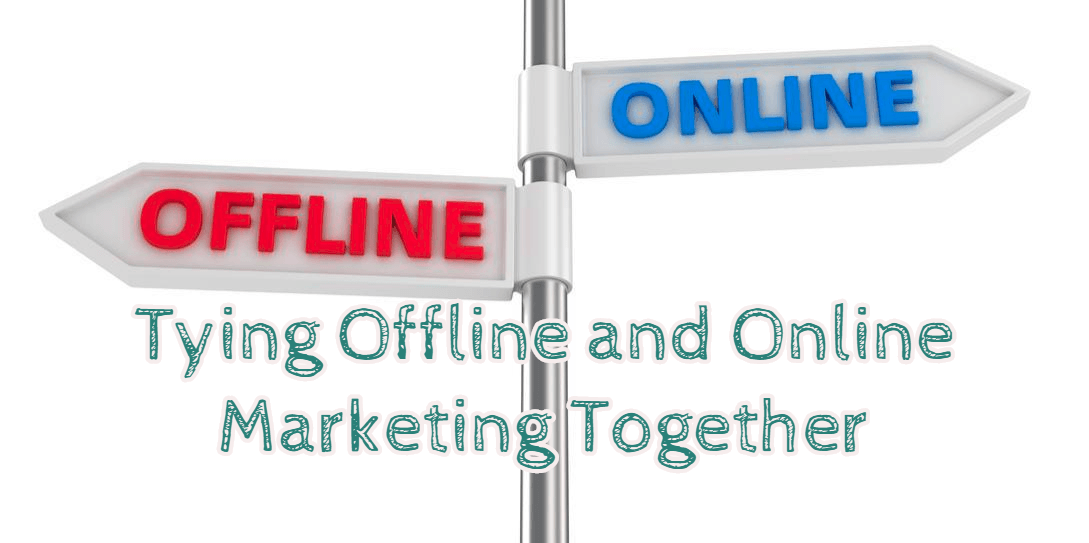No matter how awesome your marketing may be, you’ll never achieve maximum results until you tie your marketing channels together.
It’s easy to use social media to boost your SEO campaign, and it’s easy to use organic SEO to boost your email list signups. It can be a lot more difficult to use your offline marketing to boost your online marketing.
Difficult does not mean impossible though, and it’s definitely worth the effort. The key is identifying your goal, and then tailoring your marketing efforts in each channel to achieve that goal.
Example 1: USA Mobile Drug Testing
USAMDT wanted to improve name recognition within the HR industry, so they utilized a content marketing strategy (both onsite and offsite), event marketing, and had a series of buses wrapped to put the USA Mobile Drug Testing name on the streets. This enabled them to reach HR professionals online, at industry events, and on the street as they commuted to and from work.

It’s nearly impossible to beat a combination like that. Web traffic increased exponentially, name recognition improved, and interaction on social media rose.
Example 2: C&A
Brazilian retailer, C&A, created a brilliant way to tie offline and online marketing together by displaying each product’s popularity on social media.
It’s called FashionLike, and here’s how it works: whenever sometime “likes” a clothing item online at C&A Brasil‘s site, it’s in real-time on a screen embedded in clothes hangers on the store’s racks.

This uses the leverage of social proof acquired online to increase sales offline in retail stores.
Example 3: IKEA
If you’ve ever shopped at IKEA, you know how a piece of furniture looks in that giant open warehouse and how it looks in your home can be two very different things. IKEA’s augmented reality app changes that by letting you preview exactly how it will look in your home.
Example 4: American Express
Seeking to increase sales, American Express launched the Small Business Saturday campaign, encouraging shoppers to support smaller, local businesses using their AMEX card.
Business owners were provided with resource packages containing consistently branded marketing materials enabling the entire community to participate.
American Express then used social media to empower customers to talk about their own favorite businesses and for businesses to publicize their participation.

The campaign was so effective that most American Express cardholders, and a large number of businesses are familiar with it, and it was even made an official ‘day’ by the US Senate.
Tying it all together
Now it’s your turn. Identify your goal and brainstorm ways to tie marketing channels together. Here are some ideas to get you thinking:
- Restaurant: Offer a discount to customers who share what they’re eating at your restaurant on social media. If just 30 people each day do that, and they each have only 10 local friends on social media, you’ve just reached 300 people. If your customers are anything like most of us, they have a lot more than 10 local friends, so you should be able to see the potential.
- Interior design: Select three high-end clients you’d like to redecorate and offer them the opportunity to win your services for free. Print posters showcasing the interior of their homes, let your contestants invite five guests, and you invite your own clients and prospects. Now you have a large group of targeted prospects as a captive audience at an event you’ve created to showcase your previous work, and they can talk to your previous, happy clients.
- Moving company: Post a question of the day on your delivery trucks and offer a prize for the first person who calls in to answer it. (Or they could answer it on social media.) Before long, everyone will be looking for your delivery trucks!
